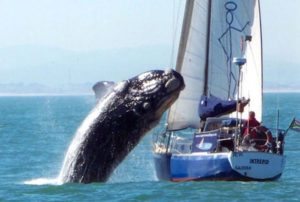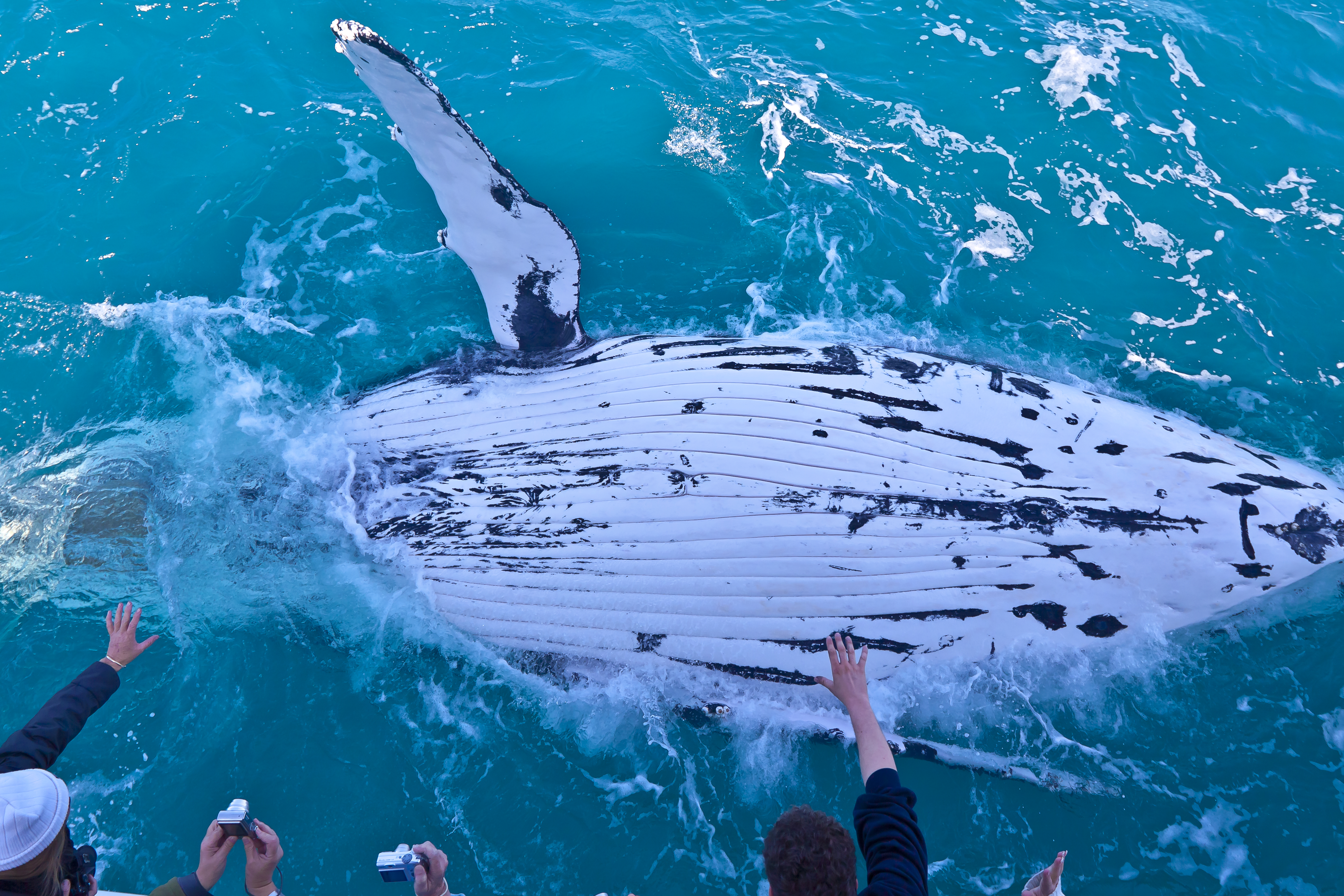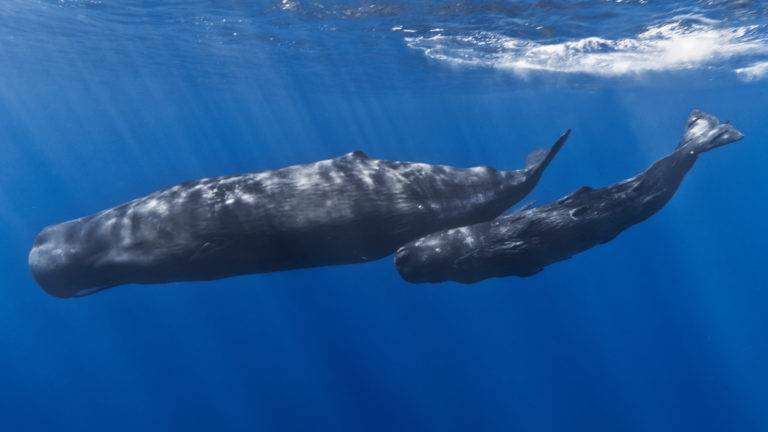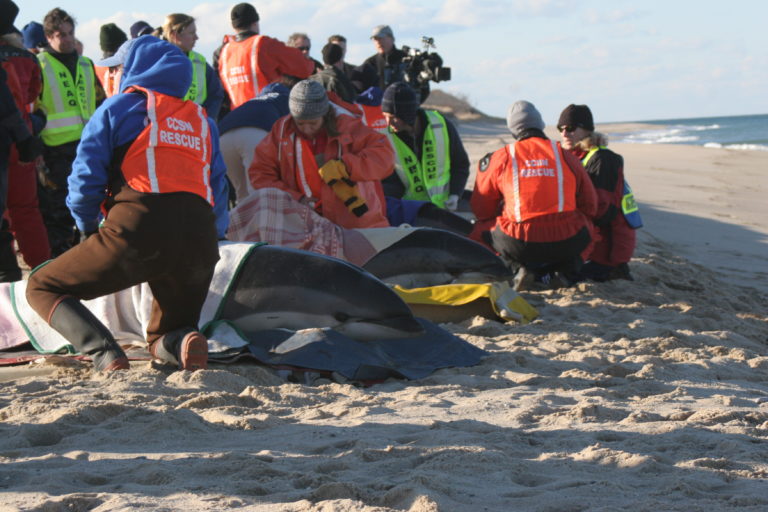This blog post is written by Cassidy Lord.
Dolphins are cute, right? So cute you could jump right in with them? Give them a big hug and maybe a snack for the road?
Well…don’t.
Human interactions with marine mammals are known to be incredibly harmful. According to the Alliance of Marine Mammal Parks and Aquariums, when fed, wildlife can become dependent on humans for food. As they lose their natural fear and wariness of us, they can become aggressive and more likely to destroy property and the environment. Animals that are accustomed to eating human food are also more likely to eat trash and debris. Additionally, researchers have shown increased mortality among young animals because the adults begin competing with the young for handouts instead of hunting for and feeding them.

But don’t despair; we’re here to help you become a better ocean steward and marine wildlife watcher.
The first thing to know when it comes to aquatic or terrestrial wildlife viewing is to treat the animals with respect. You are in their home and you should treat their environment as such. A great way of doing this is to minimize any disturbance to the animal. Keep your distance and stay quiet.
When it comes to marine mammals, the Marine Mammal Protection Act delineates legal parameters that dictate our behavior around and the treatment of wild marine mammals. NOAA Fisheries Alaska Regional Office has an extensive webpage outlining the regulations and guidelines for viewing many different species of marine mammals.
Here is their General Marine Mammal Viewing Code of Conduct:
- Remain at least 100 yards from marine mammals.
- Time spent observing individual(s) should be limited to 30 minutes.
- Whales should not be encircled or trapped between boats, or boats and shore.
- If approached by a whale, put the engine in neutral and allow the whale to pass.
- Offering food is prohibited.
- Do not touch or swim with the animals.

Furthermore, when viewing marine mammals from a vessel, decrease the speed of the boat when in the vicinity of the animals. If other boats are around, further precautions should be taken. Don’t encircle the animals and ensure they have an escape route. Travel in a predictable manner to reduce disturbing them and communicate with other vessel operators.
If you have disturbed the animals you are watching, they often give some signals to backoff, such as tail slapping or lateral tail swishing. While this may seem exciting to us, it’s the animal’s way of expressing stress and letting you know it’s time to go. Take note if the animals employ escape tactics like diving, underwater exhalation, underwater course change or rapid swimming/breathing at the surface. Additionally, if the animal rapidly changes direction or speed, begins swimming erratically or a female begins shielding its calf, you know you’ve overstayed your welcome.
Watchable Wildlife, a 501c(3) nonprofit aimed at fostering positive wildlife viewing experiences, has a few additional recommendations. They suggest keeping pets leashed to reduce disturbance to and contact with wildlife. Pick up trash and ensure it is properly disposed of (if you would like to track your efforts in cleaning up marine debris, we suggest the Marine Debris Tracker app). Lead by example to ensure the best viewing opportunity for you and the wildlife. And remember, these animals are often many times larger than our viewing vessels so keeping a distance is also a matter of personal safety.

Lastly, regulations pertaining to vessel operation in areas of importance to marine mammals do vary by location. For example, here in Georgia, all vessels over 65 feet are required to slow down to 10 knots or less when traveling in designated right whale critical habitat areas along the Atlantic coast. Always check the regulations in your area, find out if they vary by season, and know what species your likely to see and how to identify them.
For sources used in this blog and additional resources on this topic, please see the Resources page.
Featured image photo credit: Michael Dawes. http://www.flickr.com/photos/tk_five_0/show




